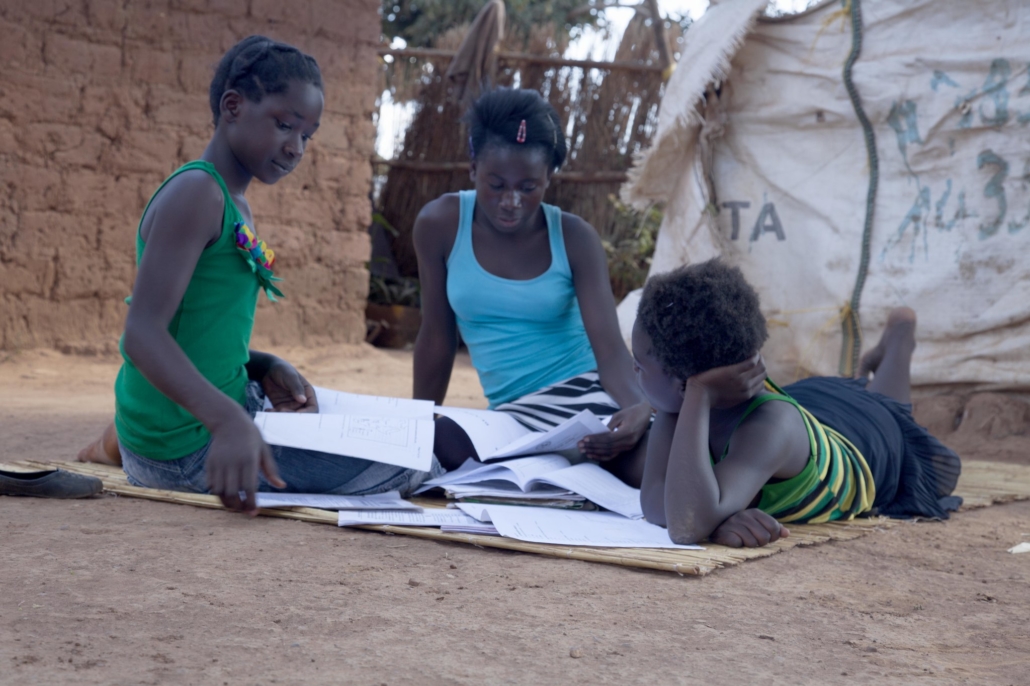Addressing Cervical Cancer in Botswana

In November 2022, Penn Medicine, the clinical and research entity of the University of Pennsylvania, received a $3.5 million grant from the National Cancer Institute (NCI) to better address cervical cancer in Botswana.
Poverty Among Women in Botswana
In Botswana, the percentage of employed women living under the international poverty line is 10.1% in comparison to 8.7% among employed men. The World Bank has explained that “vulnerable employees” are employees who are “the least likely to have formal work arrangements, social protection and safety nets to guard against economic shock.” In 2019, Botswanan women had a 23% vulnerable employment rate. In comparison, men had a 19% rate, meaning women were more susceptible to losing their sources of income and falling into poverty.
Women-headed households are more likely to suffer from poverty than male-headed households in Botswana. This is especially the case for women-headed households in rural areas as economic opportunities are scarce. Impoverished female households cannot afford health care for themselves or their families. The Botswana government has attempted to decrease poverty and increase access to medical treatments in Botswana.
The government released its Vision 2036 plan in 2016, which outlines transformation goals for Botswana to reach by 2036 in the realms of “Sustainable Economic Development; Human and Social Development; Sustainable Environment and Governance, Peace and Security.” In this plan, Botswana recognizes “good health and wellness” as a human right and a key to development. Botswana aims to significantly reduce HIV prevalence through greater emphasis on “prevention, treatment, care and support.”
Women’s Health in Botswana
Botswana’s HIV prevalence rate stood at about 20% in 2020, according to UNAIDS, with women accounting for most of these cases. UNAIDS explains that a woman living with HIV is as many as five times more likely to develop cervical cancer than a woman without HIV. The immunosuppression that HIV causes can exacerbate pre-cancerous lesions in the cervix.
As of 2021, 220,000 women in Botswana aged 15 or older are living with HIV. Cervical cancer stands as the main form of cancer mortality among Botswana’s female population. The death rate is “10 times higher” among Botswanan women than among the U.S. female population as women’s cancer treatment is lacking in Botswana.
Over the years, Botswana has made improvements with regard to cancer screening and treatment. However, several factors lead to delays in screening and diagnosis, which contributes to the high prevalence of cervical cancer cases in Botswana. Since 2001, the University of Pennsylvania has helped to improve health in Botswana through the Botswana-UPenn Partnership (BUP). BUP works with Botswana’s Ministry of Health, the University of Botswana and partners to “care for patients and develop initiatives advancing cancer education, research and capacity.”
Penn Medicine has noted that a lack of coordination and communication between labs, patients and healthcare centers leads to diagnosis and treatment delays.
Reduced Waiting Periods
The $3.5 million grant to Penn Medicine will go toward testing strategies that shorten women’s wait between screening, results and treatments. After the initial biopsy, months or even years can pass before a healthcare facility becomes aware that the diagnosis is cancer. A shorter waiting period and better communication between labs, clinics and patients can significantly improve a woman’s chance of surviving cervical cancer.
Penn Medicine’s research will play a significant role in reducing cases of cervical cancer in Botswana.
– Clara Mulvihill
Photo: Flickr
